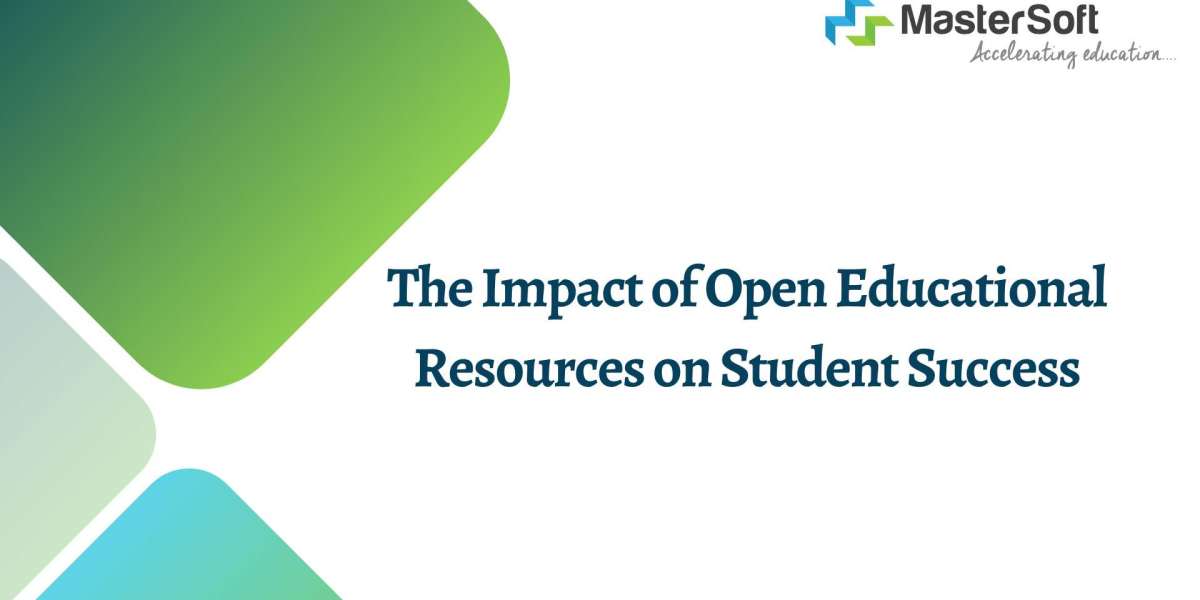In the dynamic landscape of education, the emergence of Open Educational Resources or OER has sparked a transformative wave, reshaping the traditional learning experience for students. OER, encompassing freely accessible and openly licensed educational materials, has become a game-changer in the pursuit of student success. This blog post explores the profound impact of OER on academic achievement, cost savings, and the overall learning ecosystem.
1.Accessibility and Affordability:
One of the primary benefits of OER is its contribution to enhancing accessibility and affordability in education. By eliminating the financial barriers associated with traditional textbooks, OER ensures that students from all walks of life have equal access to high-quality learning materials. This shift significantly reduces the financial burden on students and opens doors to education for those who might have been excluded due to economic constraints.
Furthermore, the affordability of OER not only eases the financial strain on individual students but also positively influences educational institutions. With reduced costs for course materials, universities can allocate resources more efficiently, directing funds towards improving infrastructure, faculty development, and student support services.
2. Customization and Flexibility:
OER provides educators with the flexibility to tailor learning materials to meet the specific needs of their students. This adaptability fosters a more engaging and personalized learning experience. Instructors can modify, remix, and build upon existing OER, creating a curriculum that resonates with the diverse learning styles and preferences of their students.
The customization afforded by OER not only enhances student engagement but also promotes a deeper understanding of subject matter. When students encounter materials that align with their individual learning preferences, it fosters a sense of ownership over their education, ultimately contributing to improved academic performance.
3.Collaboration and Knowledge Sharing:
The collaborative nature of OER promotes knowledge sharing among educators, institutions, and students on a global scale. With the open licensing of educational resources, barriers to information dissemination are dismantled. Educators can collaborate across borders, sharing best practices, innovative teaching methodologies, and resources that have proven successful in enhancing student learning outcomes.
Moreover, students benefit from a wealth of diverse perspectives and insights, gaining exposure to a broader spectrum of knowledge. This collaborative environment not only enriches the learning experience but also prepares students for a globalized world where collaboration and cross-cultural communication are essential skills.
4.Empowering Educators:
OER empowers educators to take an active role in shaping the educational landscape. With the freedom to choose and adapt materials, instructors become facilitators of dynamic and engaging learning experiences. This shift from a passive consumer of prescribed materials to an active participant in curriculum development revitalizes the teaching profession.
Furthermore, the use of OER encourages educators to stay abreast of the latest research and pedagogical advancements. As they curate and create resources, educators engage in continuous professional development, ensuring that they bring the most relevant and up-to-date content to their classrooms.
5.Global Impact:
The impact of OER extends beyond individual classrooms and institutions, contributing to a more equitable and sustainable global education system. By making educational resources freely available, OER has the potential to bridge the educational divide between developed and developing regions. Students in underprivileged areas gain access to the same high-quality materials as their counterparts in more affluent regions, fostering a more inclusive global learning community.
Additionally, the widespread adoption of OER can contribute to the United Nations' Sustainable Development Goal 4 – Quality Education. OER aligns with the goal of ensuring inclusive and equitable quality education, making education accessible to all and promoting lifelong learning opportunities.
Conclusion:
In conclusion, the impact of Open Educational Resources on student success is multi-faceted and far-reaching. From promoting accessibility and affordability to fostering collaboration and empowering educators, OER has become a catalyst for positive change in the educational landscape. As we continue to embrace the possibilities offered by OER, it is clear that this innovative approach to learning materials has the potential to shape a future where education is not only accessible to all but is also a powerful tool for global development and progress.








